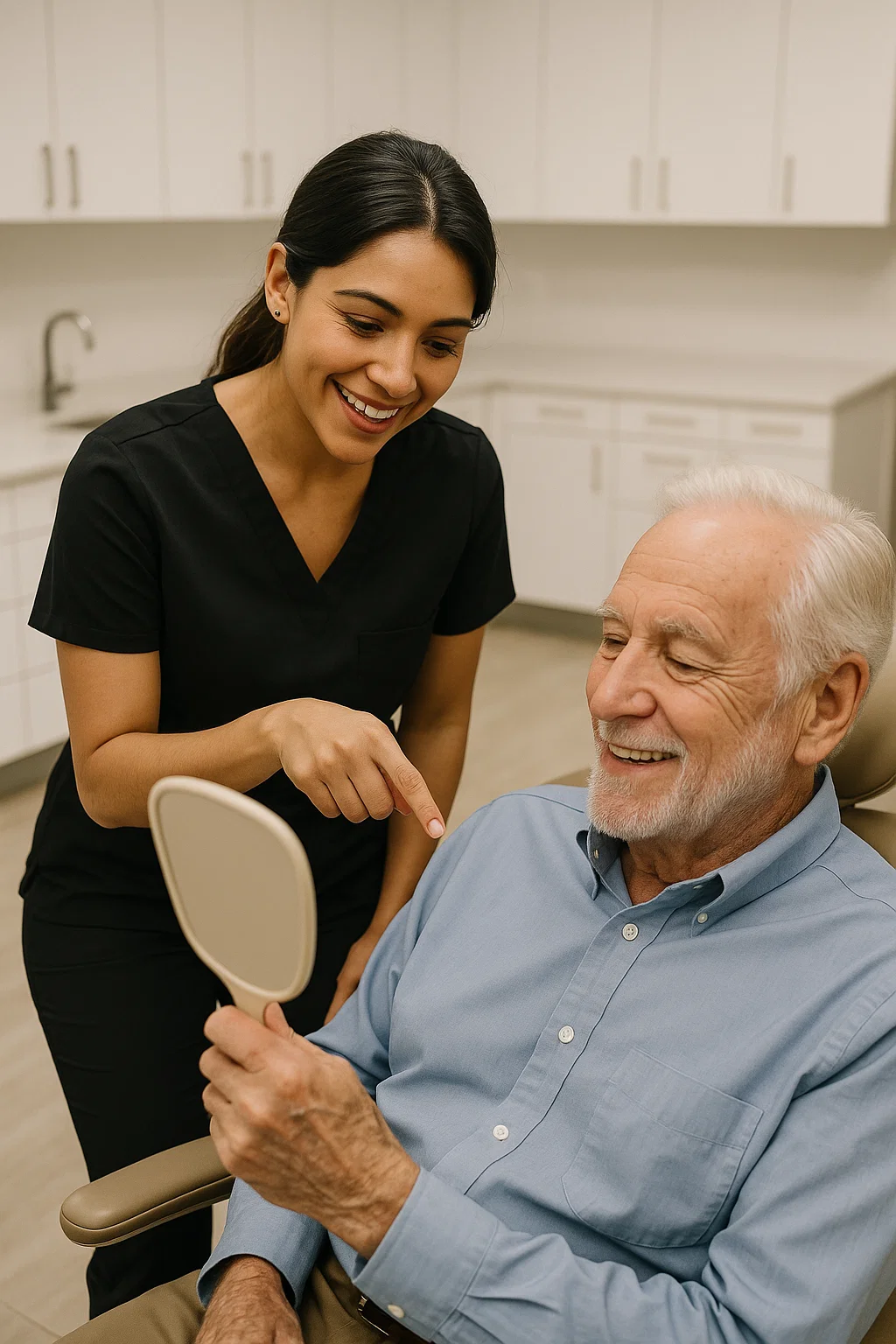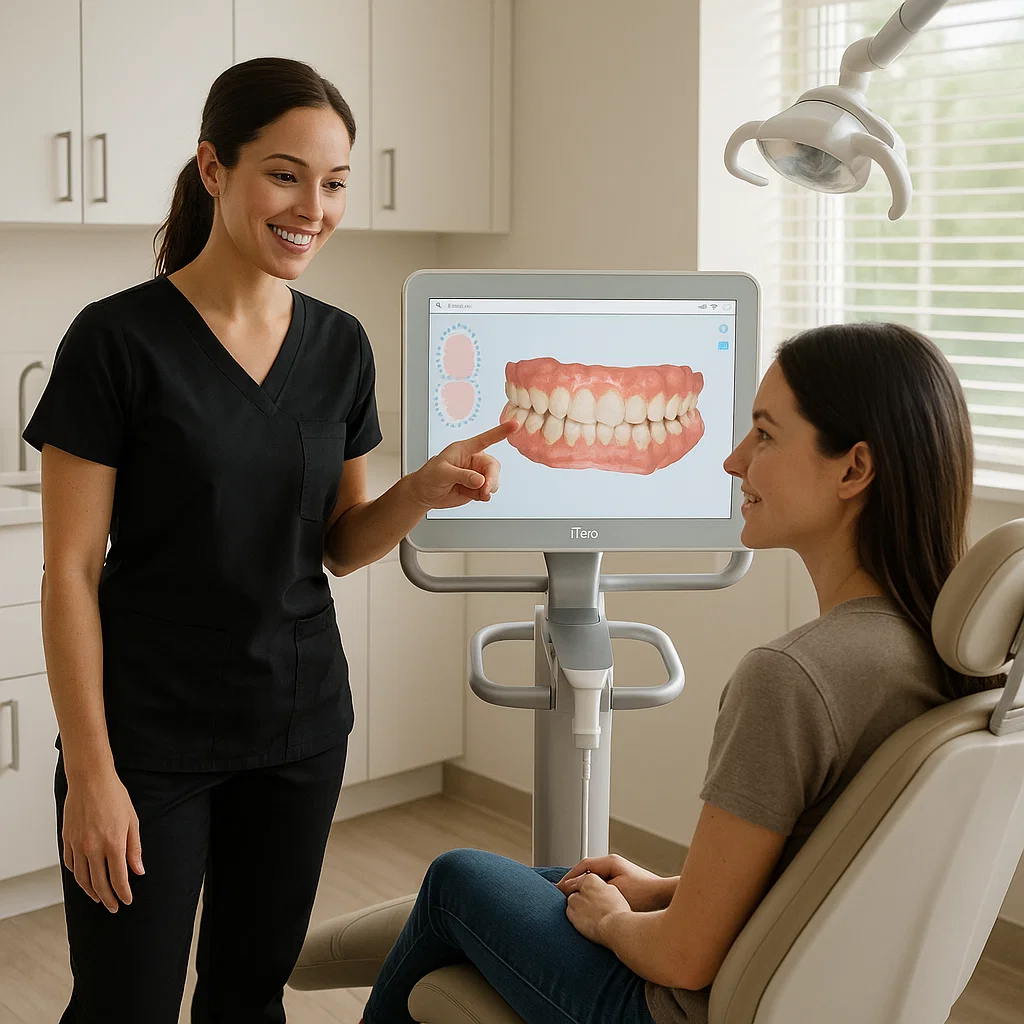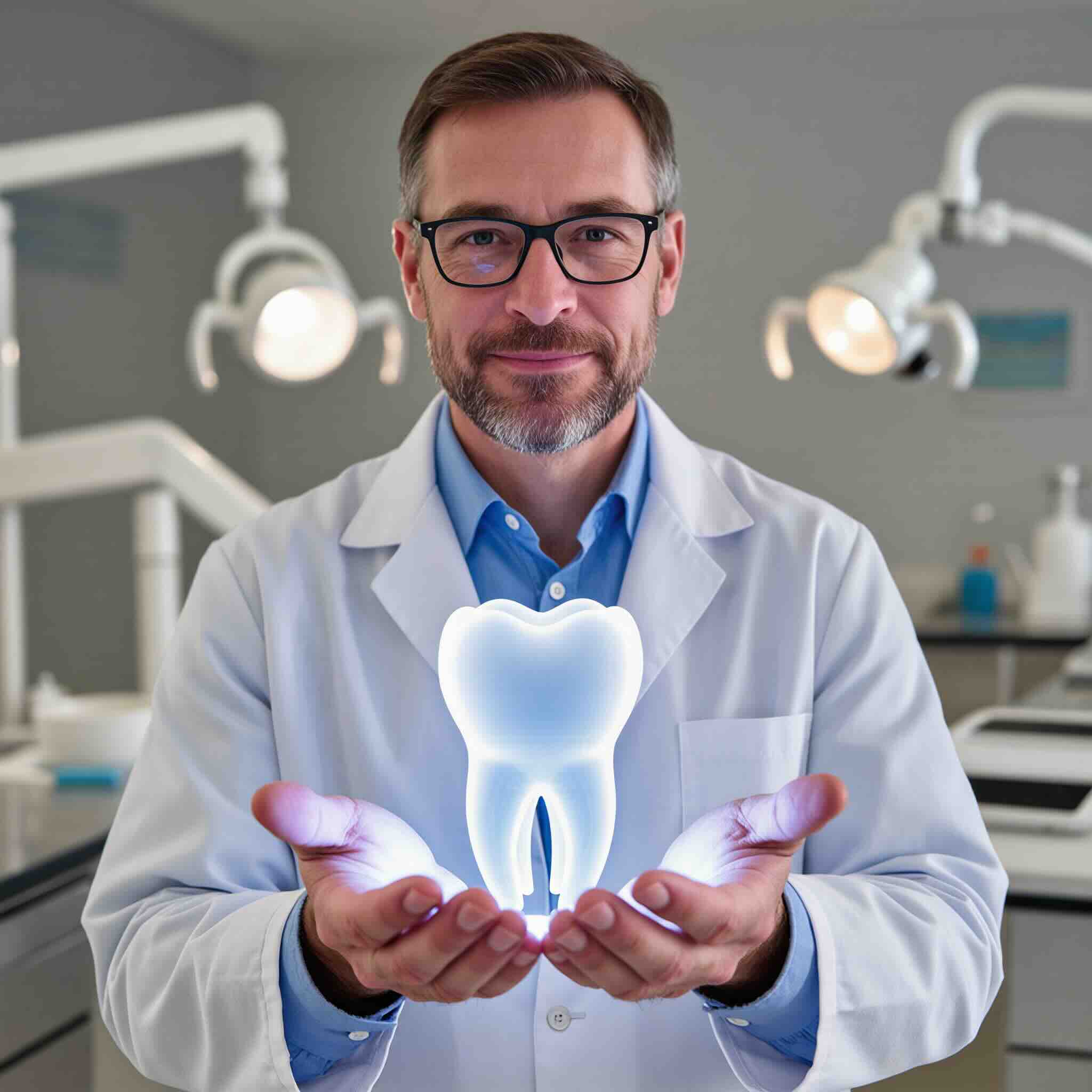Traditional dentures can slip, click, and make eating a challenge.
At KYT Dental Services, we offer overdentures — dentures secured with dental implants — for a stronger, more natural fit.


Standard dentures only sit on the gums, which can lead to bone loss, discomfort, and instability over time. Overdentures:




⚠️ Rely on suction or adhesives — may slip or shift
⚠️ Can cause sore spots and irritation
⚠️ Do not prevent bone loss over time
⚠️ May feel bulky or affect taste and speech
Bottom Line: Regular dentures restore your smile but often come with instability and long-term bone loss.

✨ Snap into place using dental implants for stability
✨ Allow stronger chewing and clearer speech
✨ Help preserve bone and facial structure
✨ Feel more natural and less bulky than standard dentures
Bottom Line: Overdentures provide the confidence of stable teeth with the convenience of a removable denture.
Overdenture Process:





